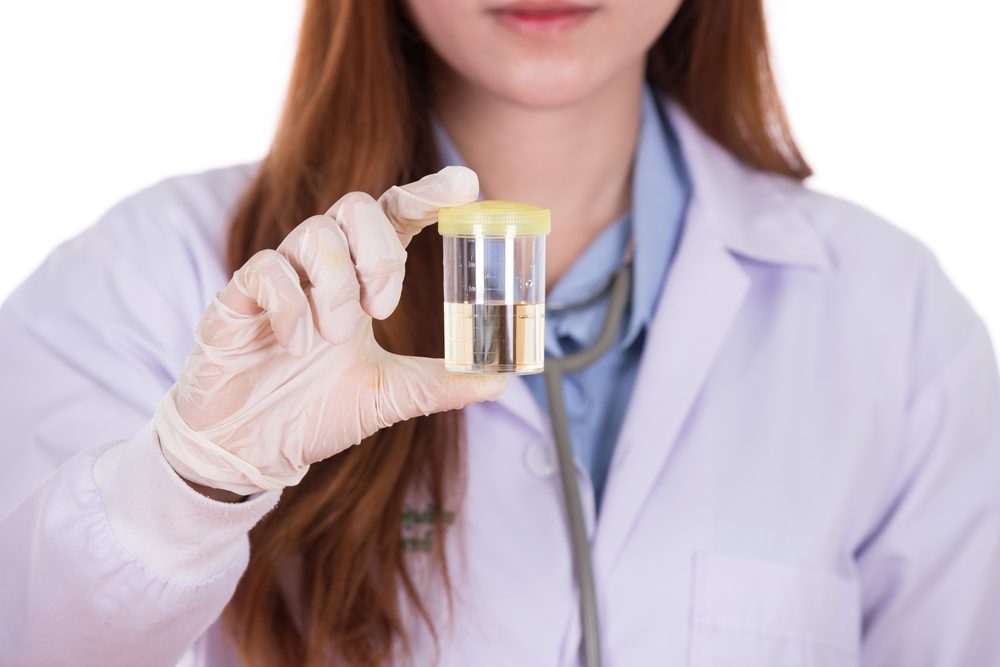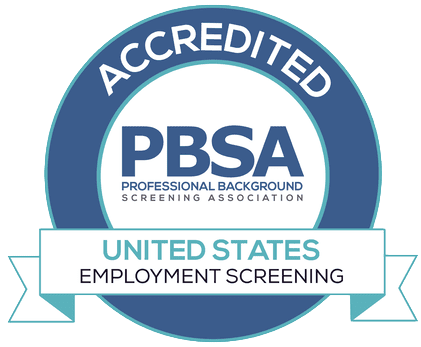Drug tests, like any technology, adapt, and change over time. The ones that companies used just ten years ago have evolved significantly today.
That shift can make it hard to stay up to date with the latest drug policy updates. To keep you in the loop, this article will cover those recent advancements and break down everything you need to know about modern drug testing.
Top Drugs to Test for in 2019
There are many substances that can be tested for during a drug screening, but the ones most often looked for are marijuana, cocaine, opioids (including heroin), amphetamines, steroids, and PCP.
Those substances are some of the most commonly used drugs in the U.S., which is why they are the main focus of the procedure.
Choosing the Best Test for Your Organization
Once you know what you’re testing for, you next need to know what type you want to run. Urine is the most common type of drug test, but there are blood, hair, sweat, and saliva tests as well.
Each style comes with its own pros and cons. For instance, while urine is effective at drug screening, it also is more invasive than a saliva test. However, saliva tests tend only to detect recently done drugs.
Hair tests can detect drugs used far before the test, leading to inaccurate results that can cause problems down the line, while perspiration tests are for specific cases and situations.
There are also different panel tests (such as a 4-panel or 7-panel) that test for a certain number of substances.
How to Test for Each Drug
Conducting a test for today’s drugs may seem overwhelming, but it is easy if you’re properly prepared.
First, understand that each drug comes with its own testing window, which refers to how long a drug stays in the system. You always want to make sure your policy fits into the best windows so that your drug screening is as accurate as possible.
Also, be aware of the drug policy and screening types out there. For instance, DOT (Department of Transportation) tests are regulated by the federal government and administered to safety-sensitive employees who work in fields like Aviation (FAA), Transit (FTA), and Maritime (USGC).
It is also important to understand which tests you’re allowed to give. It may seem as simple as giving an employee a cup or taking a sample, but there are many rules to follow.
In fact, the Equal Employment Opportunity Commission (EEOC) filed a suit against a car dealership in 2016 for testing and revoking a job based on the use of a prescription drug.
Being prepared will help avoid such situations.
Understanding the Drug Testing Process
Drug testing is a broad spectrum that covers a lot of ground. Not only is each drug test unique, but there are many rules and regulations you need to follow.
Even so, as long as you know which tests you want to administer, the best way to handle them, and the general rules, you’ll be able to get the best results possible.
Application Verification offers drug screening options that can be customized to your company’s requirements. If you want to know more about our drug screening service, please contact us at 1-855-581-7875.
keywords: drug testing, drug screening, drug policy, drug test
References:
Drug Testing: MedlinePlus Lab Test Information. (2017, October 11). Retrieved from https://medlineplus.gov/lab-tests/drug-testing/
National Institute on Drug Abuse. (n.d.). Nationwide Trends. Retrieved from https://www.drugabuse.gov/publications/drugfacts/nationwide-trends
Drug Testing: An Overview of Mayo Clinic Tests Designed for Detecting Drug Abuse [PDF]. (2016, September 22). Mayo Foundation for Medical Education and Research (MFMER). Retrieved from https://www.mayocliniclabs.com/test-info/drug-book/pod/DrugBook.pdf
U.S. Equal Employment Opportunity Commission. (2016, August 26). Scottsdale Car Dealership Sued by EEOC for Disability Discrimination [Press release]. Retrieved from https://www.eeoc.gov/eeoc/newsroom/release/8-26-16.cfm





